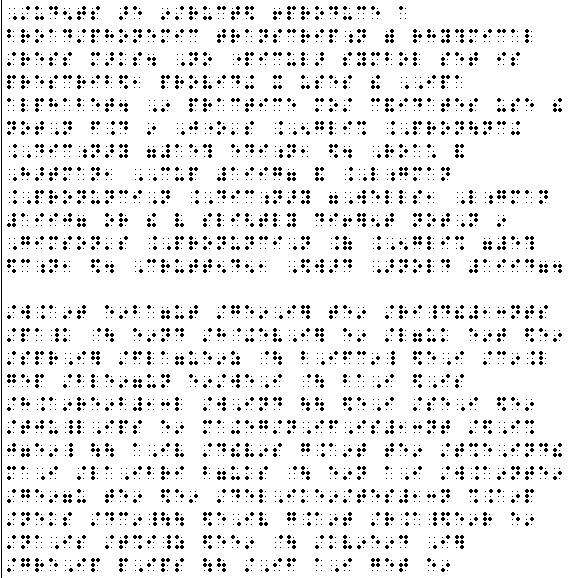|
Complete documentation on phonetics and speech can be found in Rule 18 of the Braille Formats code. NOTE: Rule 18 is a large file with numerous graphics, so load time will be slow. Please be patient!
This section really deals with how to transcribe notation provided by the International Phonetic Alphabet, or IPA. Diacritical markings, or diacritics, are special symbols that are used to help identify now a word or syllable might be pronounced. These markings are added to regular letters to show how two of the same letters might have a different sound (for example, a breved "a" versus a circumflexed "a"), Diacritical markings can included primary and secondary stress marks. The phonetic alphabet, on the other hand, is a completely "non-alphabetic" system of notation. There are roughly 140 different "letters" in the IPA, along with other modifiers such as vowel length indicators, IPA diacritics, tones and word accents.
The example below shows a segment of text from an examination for professionals learning the IPA code. It may be difficult to see on the graphic, but pay special attention to the syllabic modifiers under some of the IPA characters (represented by three cells -- 3456, 2,25). While this notation may look intimidating, it does not take long to become familiar with the braille notation for the IPA alphabet. We followd the block paragraph format for this example, and have a blank line before and after the "displayed" material (the IPA reading), following Rule 14, §1a:


The good news is that you the transcriber will not often encounter this notation in "everyday" transcribing. You will, however, often encounter the transcription of dictionary or glossary entries. Information on the transcribing of dictionary and glossary entries is presented in Session 12: Specialized Documents II.
|